
Apulia
Visit Apulia, land of olive trees, white stones and wilderness
Things to do in Apulia
All the experiences and attractions for the most popular activities.
Territory of Apulia
The territory of Puglia borders on Molise, Campania and Basilicata and is the easternmost region of Italy. One of the regions with the greatest coastal development with an extension of the coasts of about 865 km washed to the south by the Ionian Sea and to the north and east by the Adriatic Sea.
Apulia is the least mountainous region in Italy, in fact it consists mainly (98%) of flat land, consisting of the Tavoliere delle Puglie, which is the largest plain in Italy after the Po Valley and occupies almost half of the Capitanata, and hills divided between the Murge and Serre Salentine.
Useful information about Apulia
Apulia is a region of southern Italy, with the capital Bari, has always been a focal point in trade and political-cultural contacts with the Middle East.
The other cities of Puglia are Lecce, Brindisi, Foggia, Taranto, Barletta, Andria and Trani, all fascinating destinations full of beaches and UNESCO sites.
Top Attractions in Apulia
all entrance tickets for the most popular Italian attractions
Discover the Italian Ambassador of Excellence in this region
Looking for tips for your next trip? Ask Monna Lisa.

Places and tours of Apulia
Apulia is marked by ancient populations and various dominations that have left important archaeological finds, castles, ancient villages and palaces throughout the region.
The smaller towns and villages are home to sumptuous historic buildings, mostly based on the Romanesque and Baroque, of which the one from Lecce represented by countless palaces and churches, is the richest and most original.
Basilicas, cathedrals and sanctuaries, different artistic expressions united by the faith; and again, patronal festivals, village festivals and evocative historical re-enactments renew each year ancient habits linked to the time of the festival. Among the most excellent Romanesque buildings and the oldest in Puglia, is the Basilica of St. Nicholas of Bari. This superb masterpiece of architecture, as austere as a fortress, overlooks its tripartite facade flanked by bell towers.
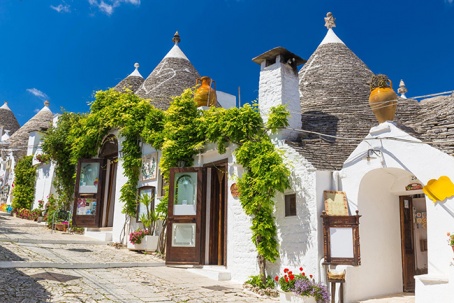
Stories and traditions of Apulia
The history of Apulia is rich and important. As for most of southern Italy, the most advanced forms of government and settlement derived from the Hellenic colonization (Magna Graecia), which reached its peak in the fourth century BC, a period in which the Roman militias appeared in Puglia, conquered it and made it a meeting point between east and west. At the fall of the Roman Empire, Byzantines, Lombards and Arabs alternated on the Apulian territory. Later Apulia went under the Angevin domination and became part of the Kingdom of Naples.
Apulia is the region of the "Taranta", a traditional Salento dance and religious processions that tell the story of a people and its relationship with its land. A fascinating series of popular festivals, processions, village festivals, which extends throughout the year represent in an evocative way traditions and customs from very ancient origins.
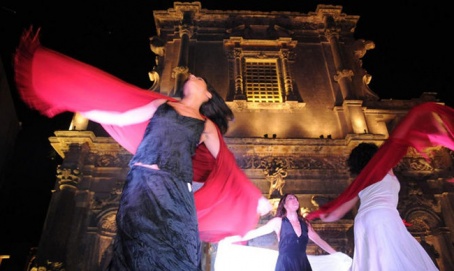
Food and flavours of Apulia
The flavors of Puglia are many and all wonderful so you will never tire of knowing and appreciate them. The centuries-old culinary tradition of Puglia is rich in recipes and tasty dishes that can strike you to the point of wanting to know them in depth, to study the origins and preparation.
There are many recipes that this cuisine of Apulia presents, which highlights the raw materials used, both land and sea. The most typical dish of Apulian cuisine is that of "Orecchiette with horse meat sauce", but are no less known the "Orecchiette with turnip tops", the "chicory with broad bean puree", and those that reconnect the territory to the Mediterranean, such as "Cavatelli with mussels" or Bari baked rice also called rice with potatoes and mussels. The various traditional dishes are interpreted differently from province to province and from city to city.
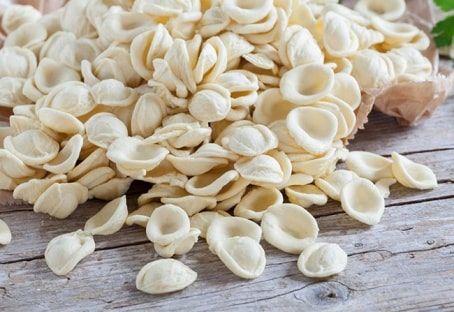
Art and culture of Apulia
Apulia has been the cradle of ancient civilizations that have left works of art such as prehistoric graffiti in the caves of Porto Badisco.
The region of Puglia has always been affected by its position between East and West: in fact, because of its location, it was considered a real bridge between two worlds, thus affecting the Western Roman-Germanic culture and the Eastern Greek-Byzantine. For this reason, the artistic cities of Apulia are characterized by the overlapping of several artistic styles, with examples dating back to the presence of the Greeks.
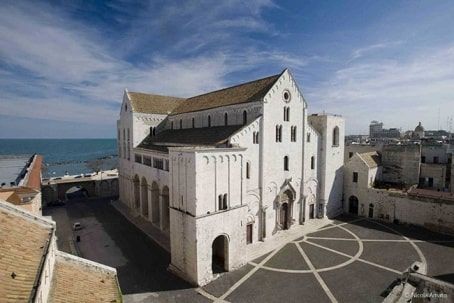
Tours and Experiences Puglia
Apulia Region
Located in south-eastern Italy, Apulia is the largest region in the southern area of the Bel Paese with an area around 20,000 km2. Famous above all as one of the top tourist destinations in the summer for the beauty of its landscapes and in particular of its beaches, this region in fact retains the record for coastal length development in the Italian peninsula (excluding the major islands) with about 870 km of coastline and over 98% of bathing water. Apulia has also been awarded more than once as one of the most beautiful regions in the world to visit by National Geographic.
The Apulian territory extends in the Southeastern area of Italy and represents the easternmost extremity of the country. The borders of Apulia with the other Italian regions are all located towards the west and refer to, from south to north, Basilicata, Campania and Molise. The sharing of the territory is rather balanced with a clear prevalence of plains (about 53%) and hills (about 43%) and only 2% of mountains, which are located above all in the Province of Foggia with the peaks of the Cornacchia (about 1151 m) and Calvo (about 1055 m) mountains.
Traveling from north to south throughout the Apulian territory, one immediately comes across the lands of Capitanata, in the Province of Foggia, where it is possible to admire the mountains of the Gargano and the Dauno Sub-Apennine and the vast cultivated plains of the Tavoliere delle Puglie, crossed by the waters of the Ofanto river up to the Adriatic coast in the Province of Barletta-Andria-Trani. Going on towards south it crosses the area of the Apulian Murge, a hilly area that best represents the hinterland of the Terra di Bari up to the borders with the provinces of Taranto and Brindisi. The Murge is the Apulian landscape par excellence, where some very important symbols of this region stand out such as Castel del Monte, the trulli of Alberobello and Valle d'Itria and the olive trees. Going further down, it is possible to come across the wonderful Salento, a part of the Apulian territory which has no borders with other lands except the sea and which makes it, with its amazing beaches, the main attraction for the Province of Lecce.
The population of this region counts almost 4 million inhabitants, distributed mainly (in descending order) in the most important Apulian cities such as the capital Bari, Taranto, Foggia, Andria, Lecce, Barletta, Brindisi and Trani. Other populous towns in this region are Altamura, Molfetta, Cerignola, Bitonto, Conversano, Monopoli and Martina Franca. From a tourist point of view, however, the most suggestive and renowned destinations to go on holiday in Apulia are certainly Vieste, Rodi Garganico, Polignano a Mare, Ostuni, Otranto, Castellana Grotte, Porto Cesareo, Santa Maria di Leuca and Gallipoli.
The Apulian history is very ancient and charming, showing traces of the first human settlements in this area in prehistoric age. The origin of the name Apulia derives from the Apuli, the general name given to the populations who lived in this region before Romansa, in particular Iapigi, Peuceti and Dauni. Over the centuries, with the passage first of the Romans, then of the Byzantines, Arabs and Normans and more recently of the Spanish and French, Apulia has experienced profound economic, aesthetic and cultural transformations which have soon transformed it into a true crossroads between the West and the East. A union made even stronger by some key historical figures acknowledged as symbols of this region, such as Joachim Murat (representing Napoleon), the Holy Roman Emperor Frederick II and St. Nicholas, the saint of the people among the most worshipped in the world whose Basilica is located in Bari.
Apulia is a very famous land also for the goodness of its traditional cuisine and the excellent quality of some typical products. Among the most famous traditional Apulian recipes cannot be missing such as orecchiette with turnip greens, the "Bari baked rice" with potatoes and mussels and spaghetti all'assassina. However, we must not forget about the seafood specialties such as octopus, the irresistible street food such as focaccia and panzerotti and delicious desserts such as pasticciotto. Among the most famous Apulian local products, olive oil, bread of Altamura, taralli, fresh cheeses and some fine wines such as Primitivo di Manduria certainly stand out.
In terms of transport, Apulia can count on the presence of two international airports, in particular the Karol Wojtyła Airport of Bari-Palese (among the most important also at national level) and the Salento Airport of Brindisi-Casale. The ports are also very relevant which are widely located throughout the territory considering the very long coast side of the region: the most important is the Port of Bari, used for commercial, merchant and above all tourist purposes due to the direct routes to Greece, Albania and Montenegro. To travel within the territory it is possible to use the national railways system and local ones, such as the Ferrovie del Nord Barese, Sud Est, Gargano and Appulo Lucane. It is also possible to move quite easily by car by driving to the A14 and A16 highways and the state roads that connect the main cities: the most famous is the road called Statale 100 which connects Bari and the Province of Taranto, the two most populous centers in the region.
The Apulian economy is one of the most developed in southern Italy, keeping its roots in quality food farming and agribusiness production and excellent tourism, but with an eye wide open to the future with large investments in innovation, in the tertiary sector and scientific research. Visiting and discovering the beauties of Apulia is the perfect experience for a journey through history, arts and tradition, good food and wonderful landscapes immersed in the energy of its urban reality. Bari in particular, capital of the region and metropolitan city, is a perfect example of a cosmopolitan town closely linked to its roots, but looking with passion towards the future.


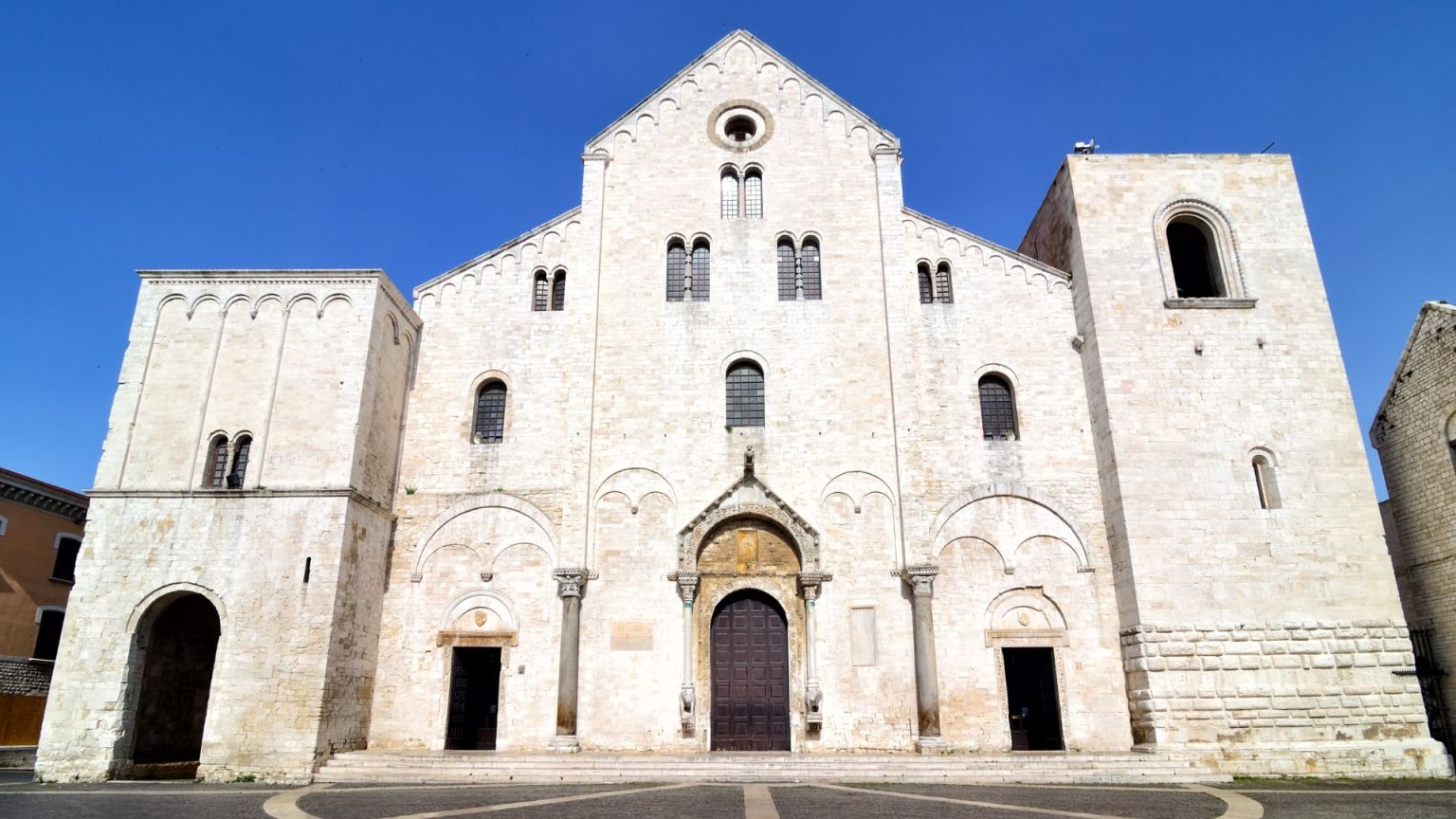
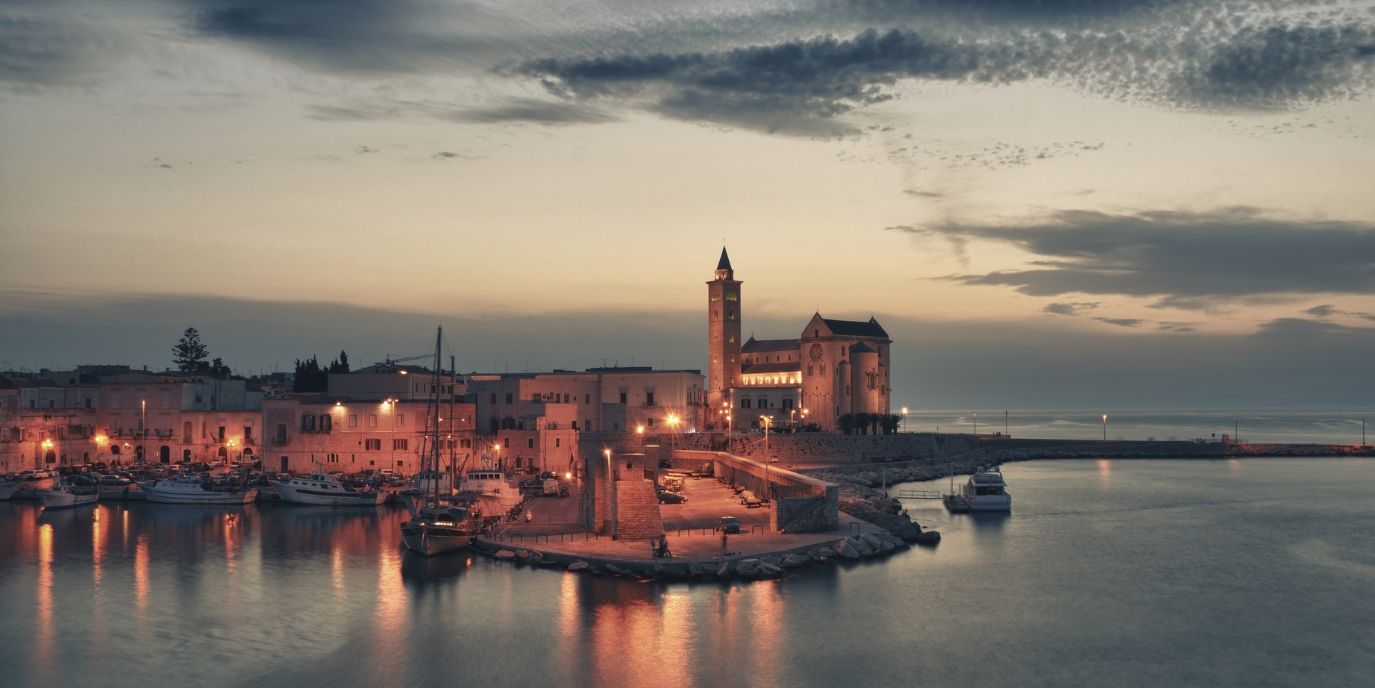
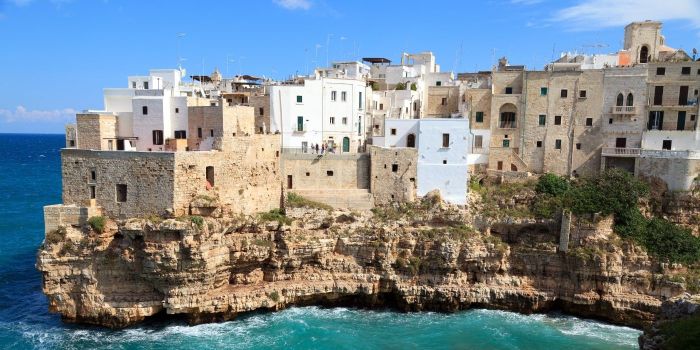
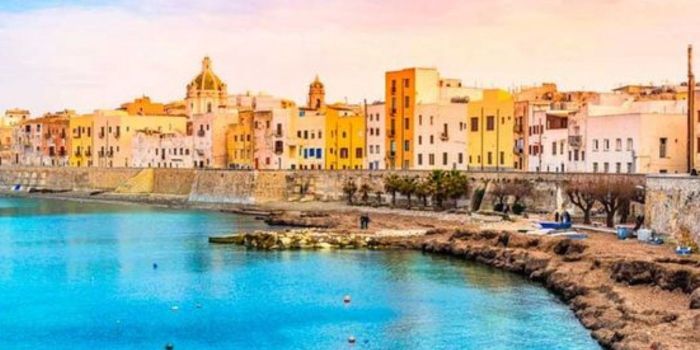
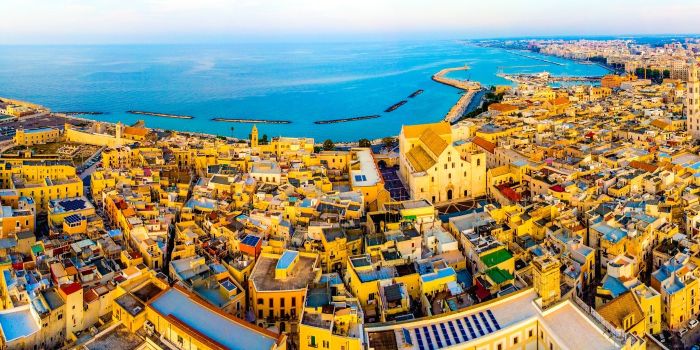
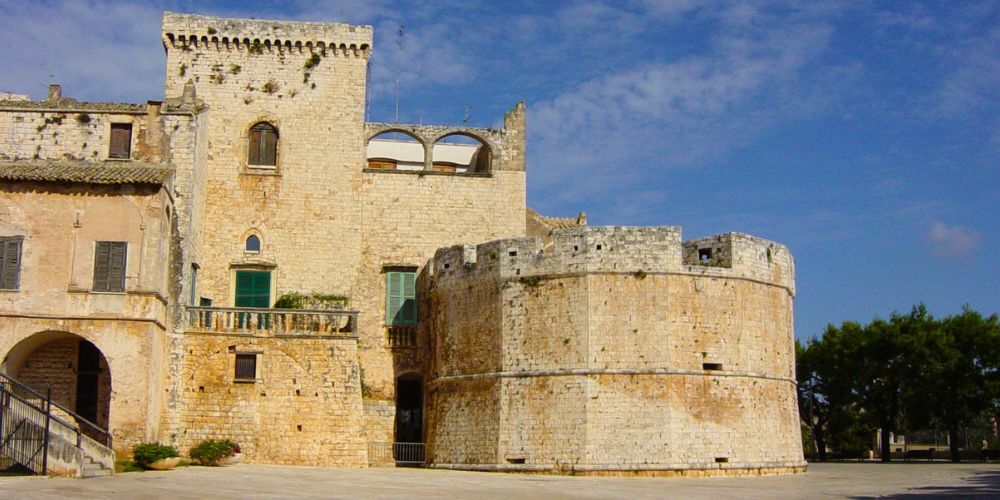
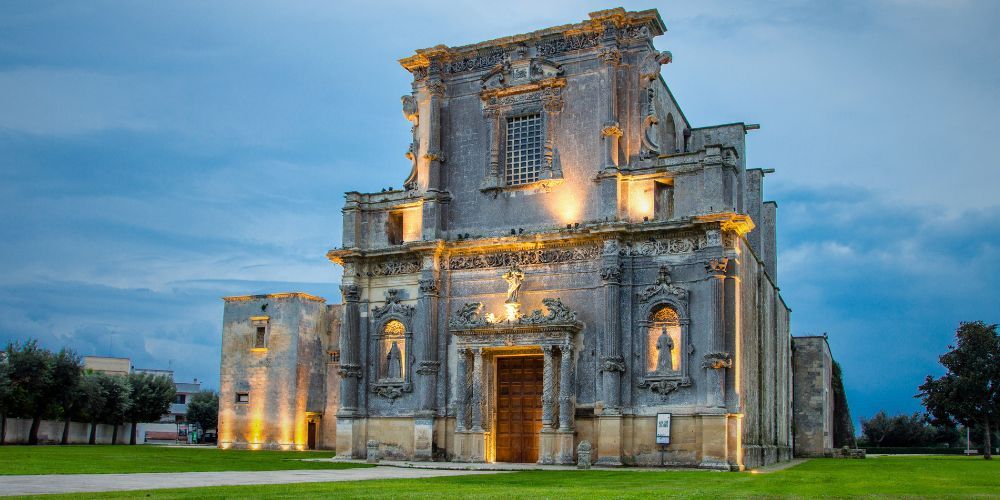
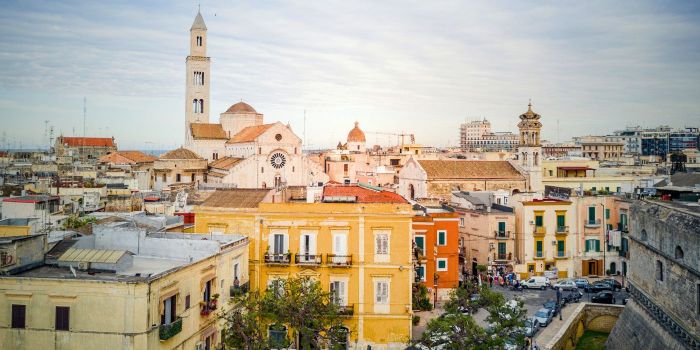
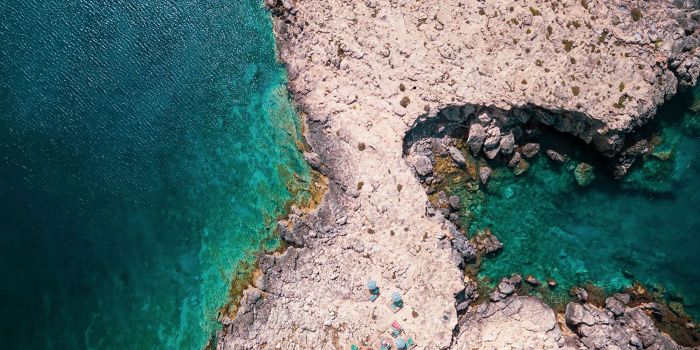
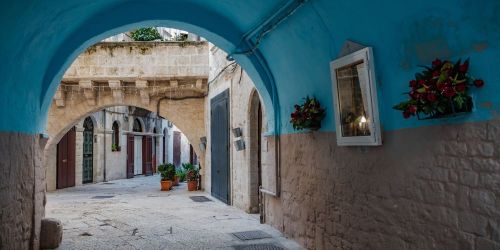
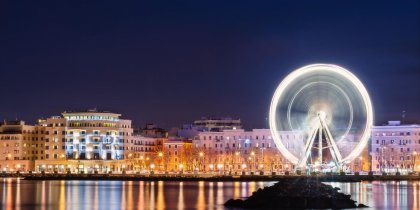
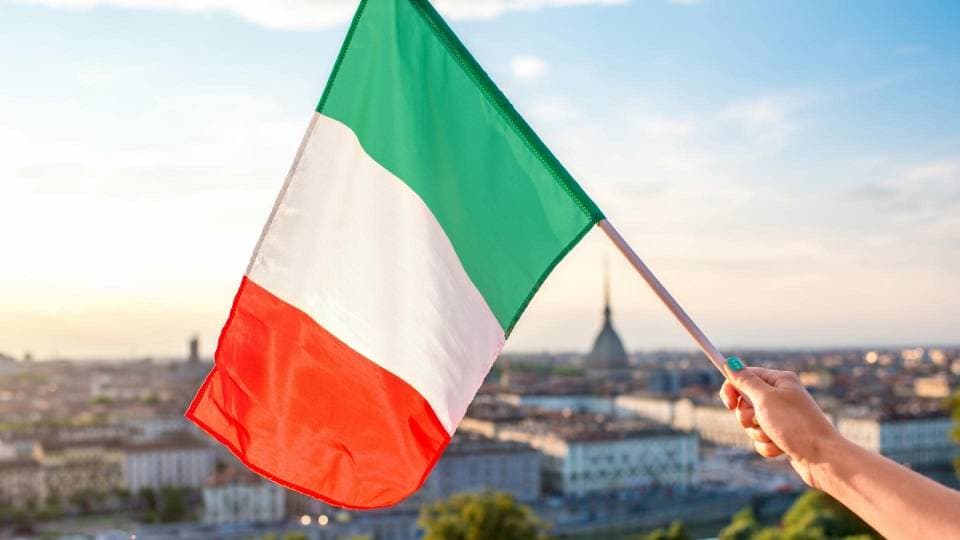



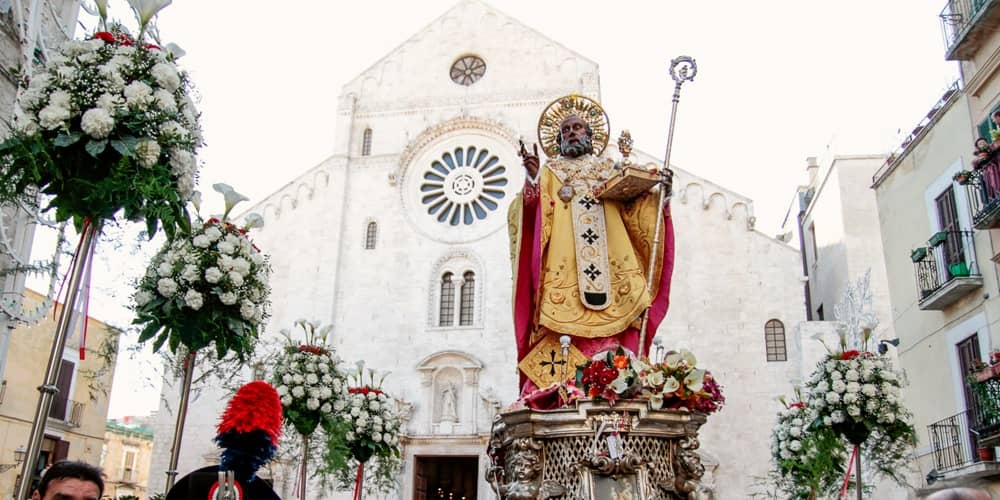
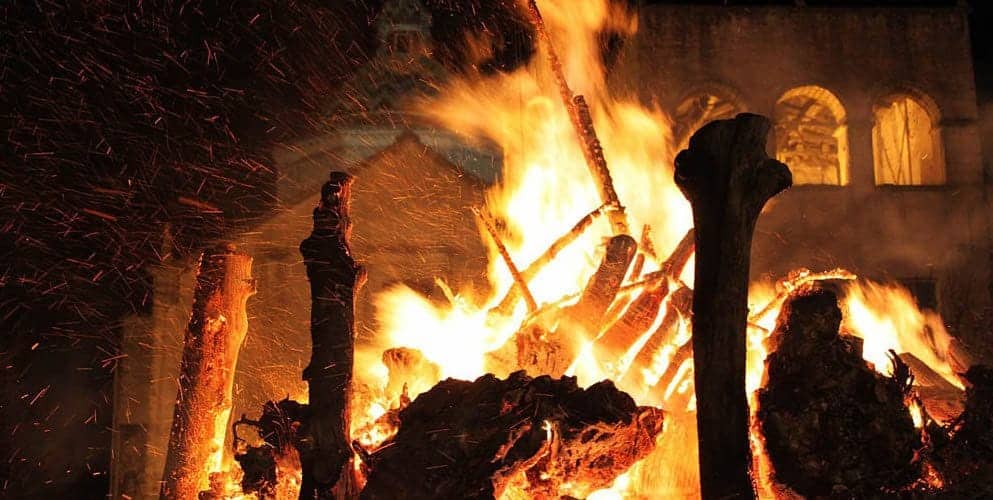
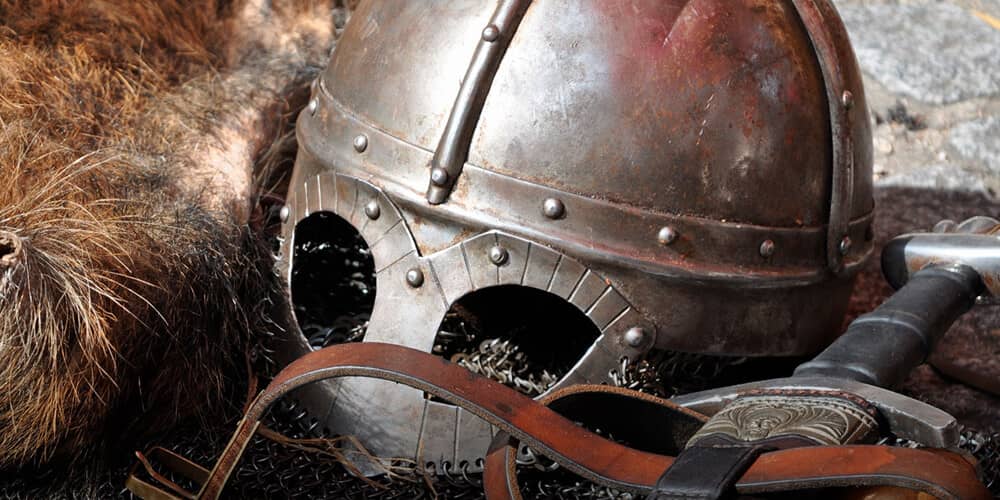
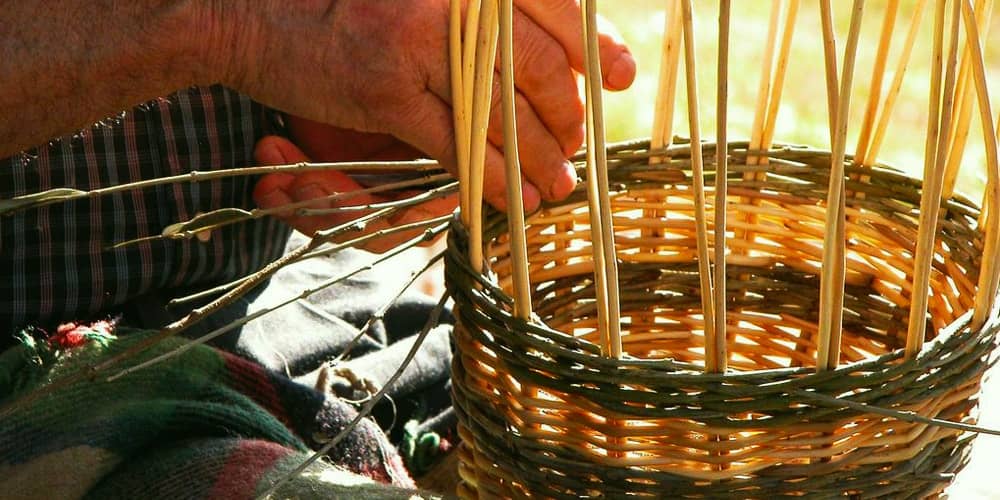
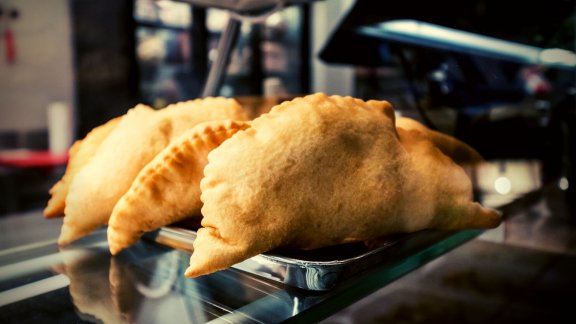

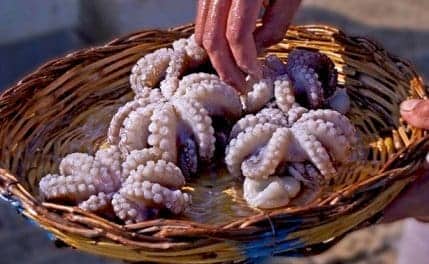




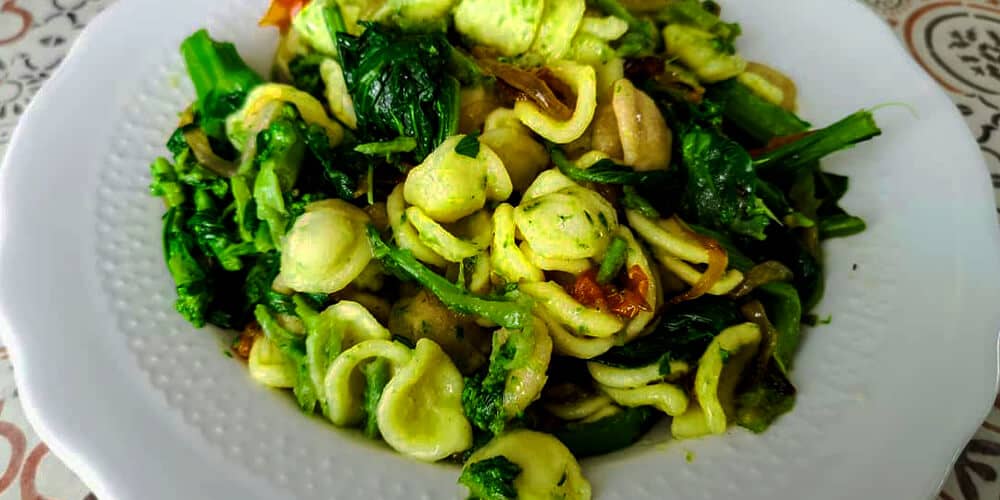
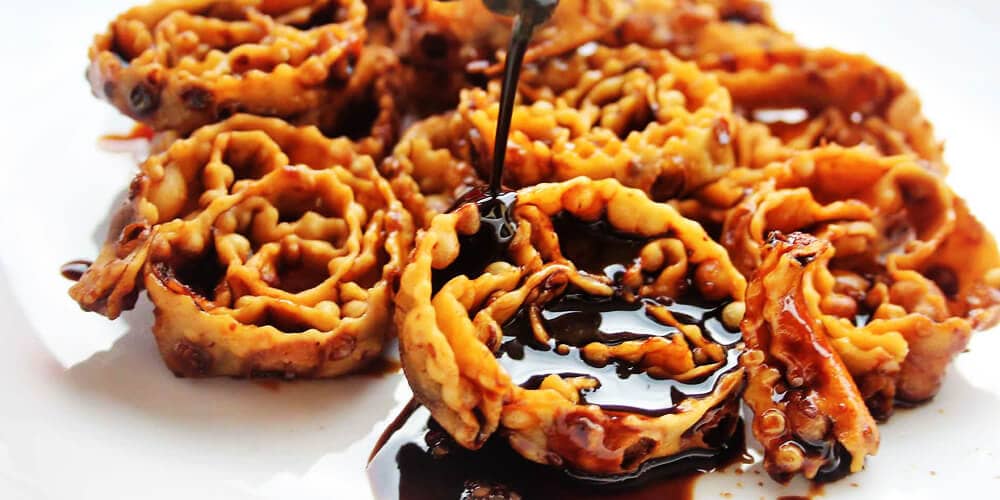
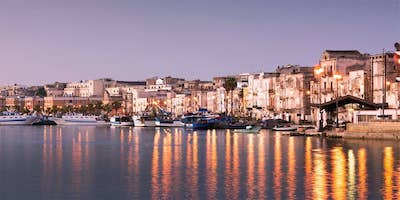
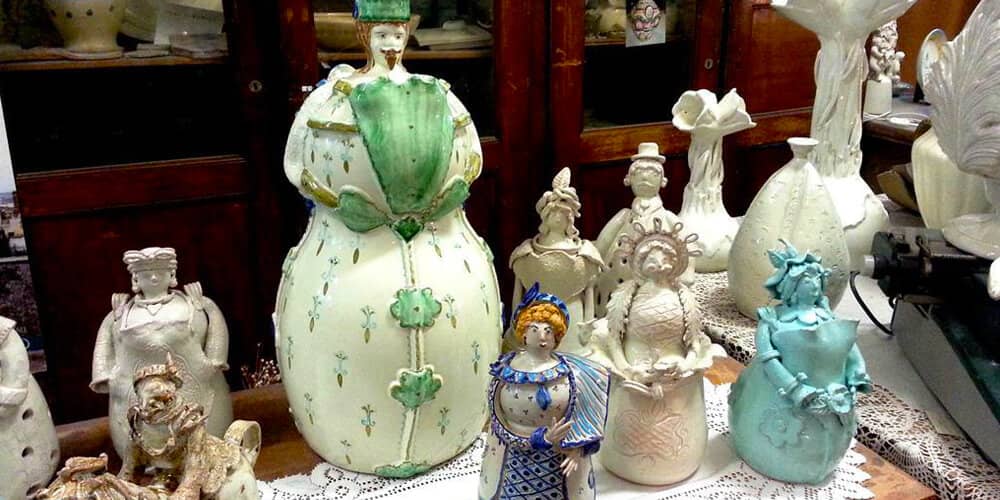
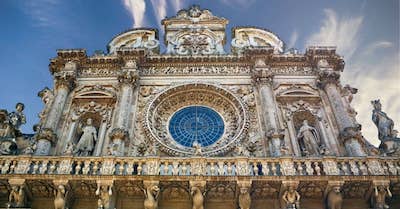

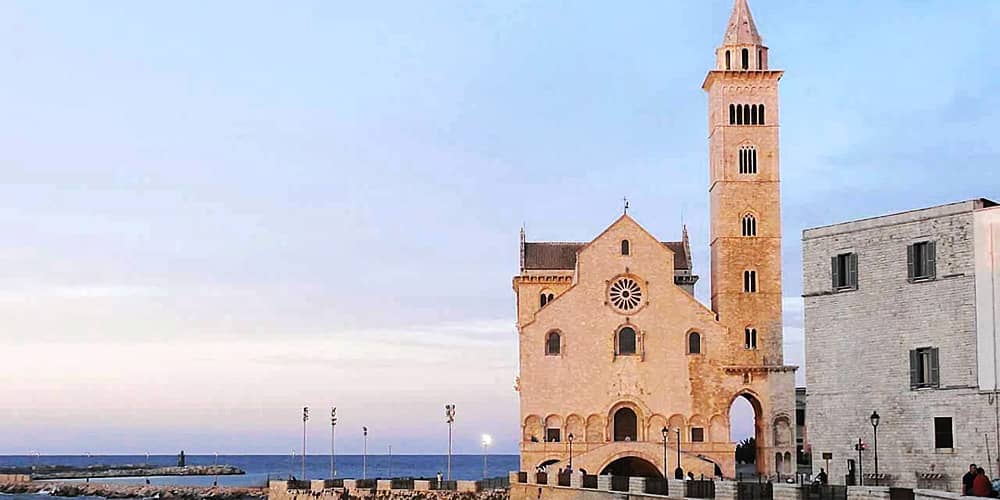

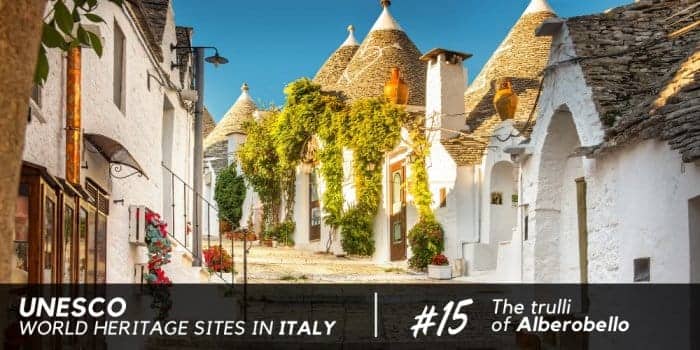
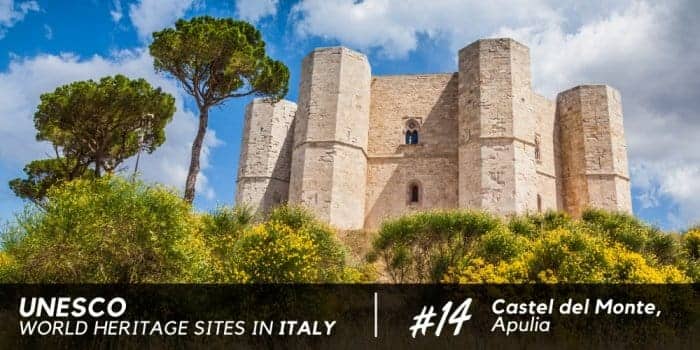
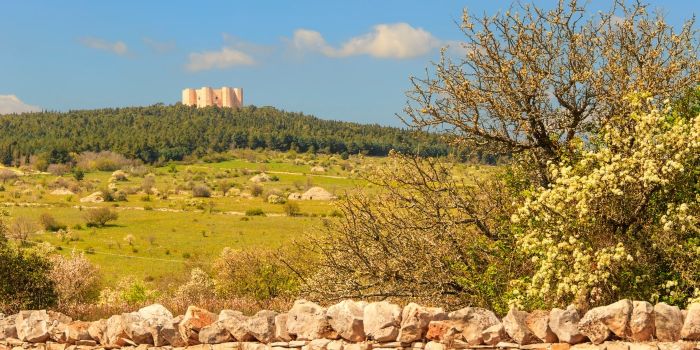
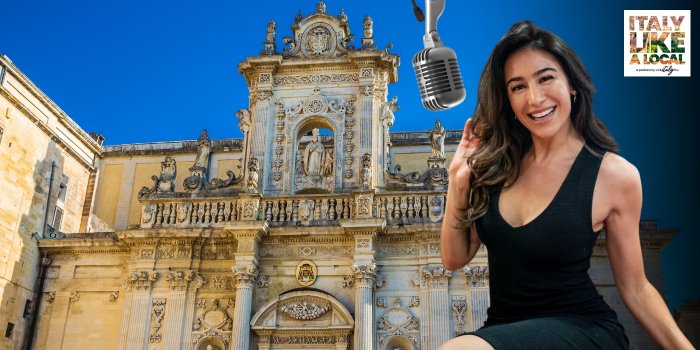

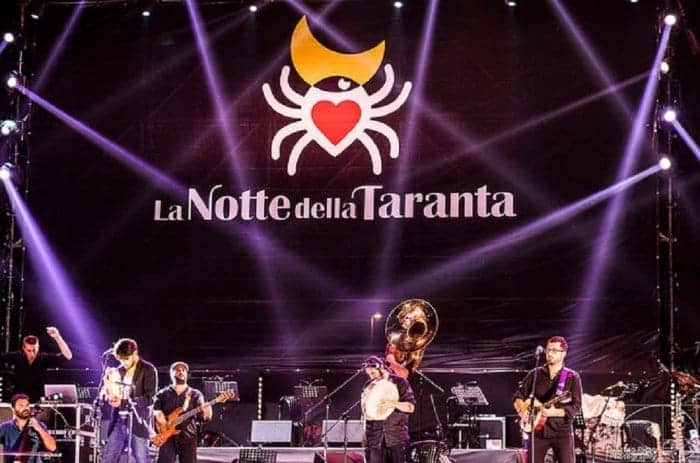
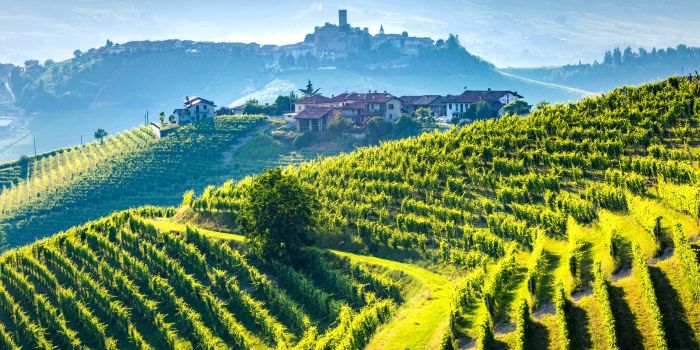
Ciao! I'm Monna Lisa, your digital travel designer. I'm here to help you plan your perfect trip to Italy.